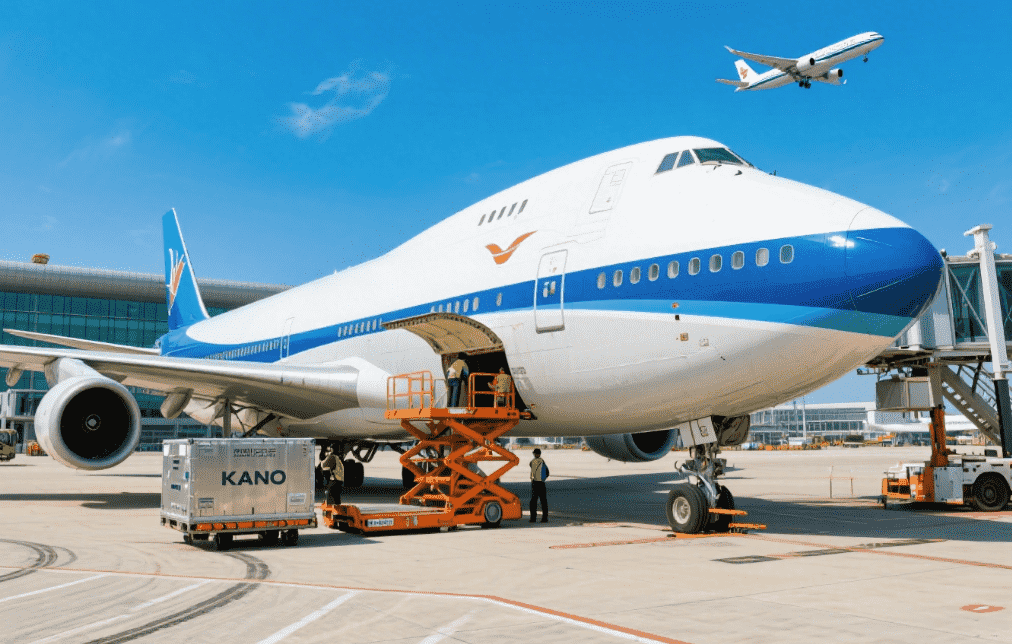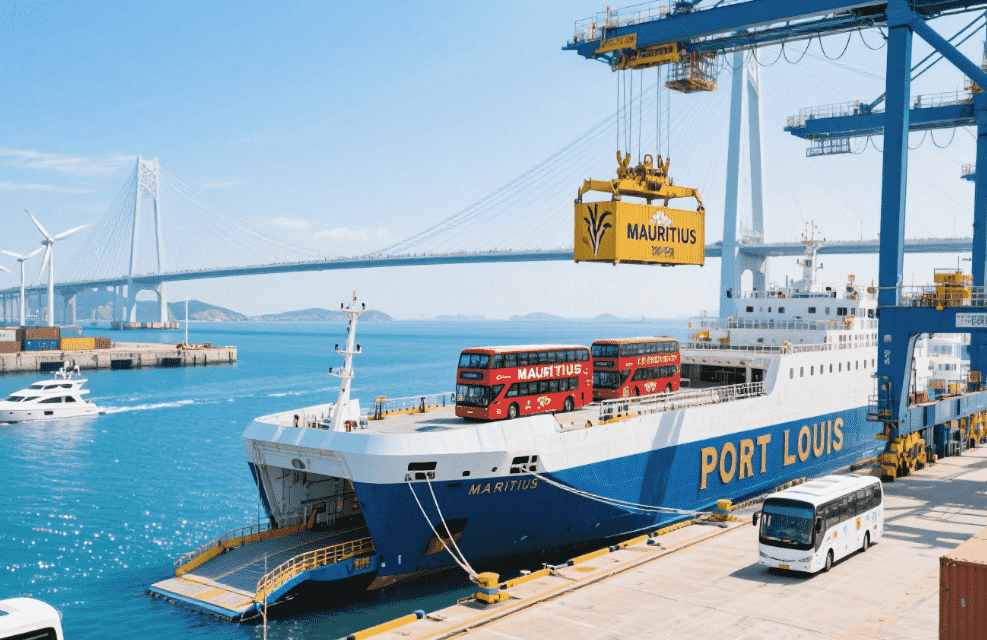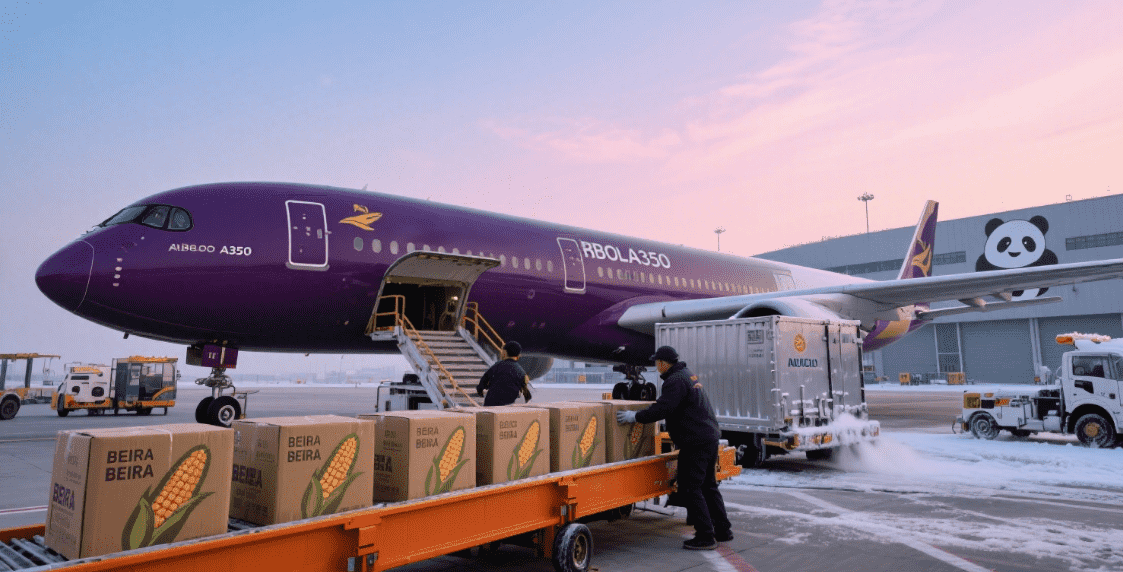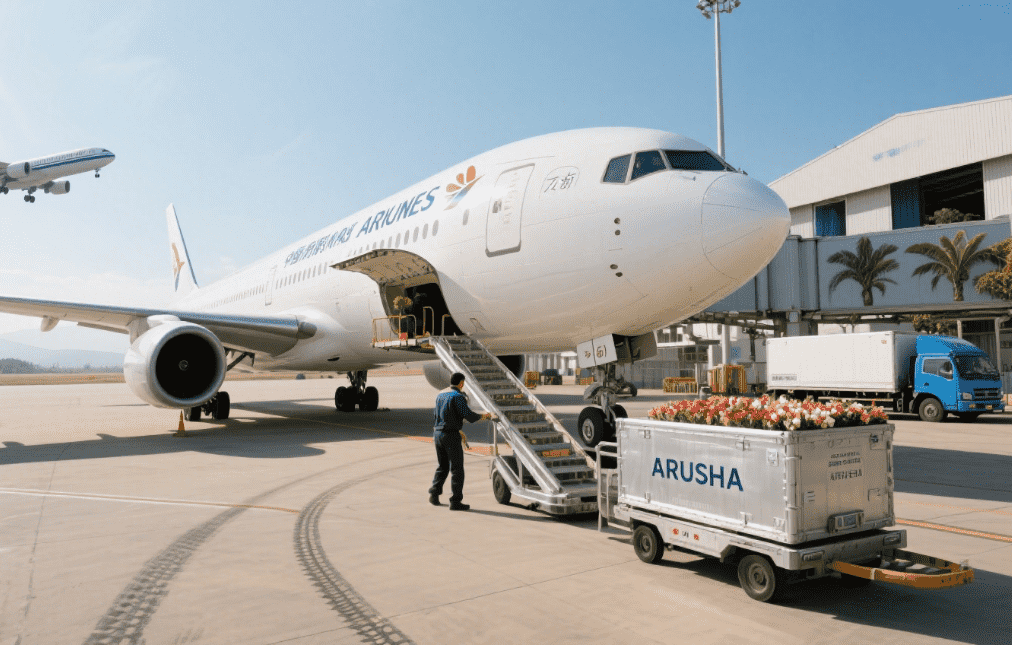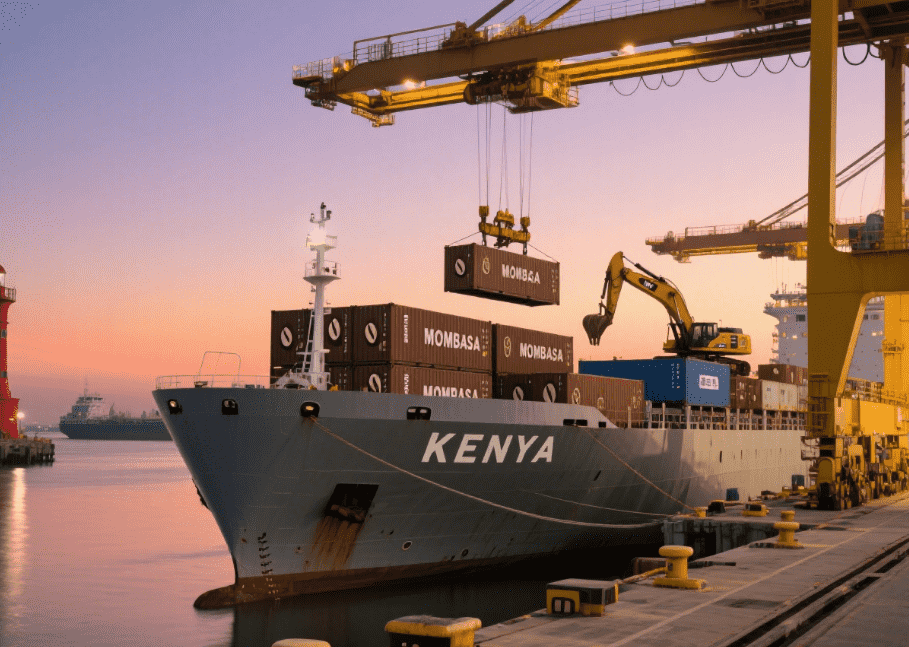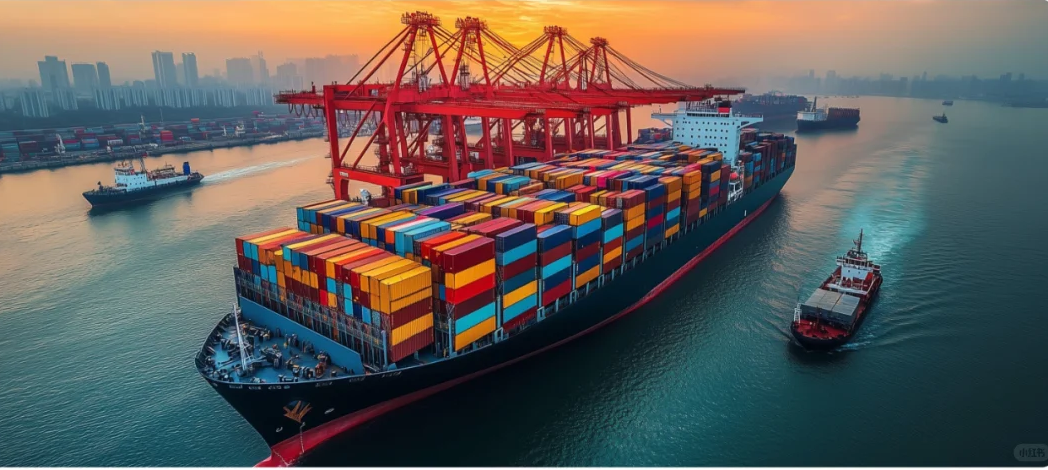
In today’s interconnected global economy, the seamless movement of goods from China to the USA remains a cornerstone of international trade. However, businesses and consumers alike often ask: Are there any delays for the shipment from China to USA? The answer, while nuanced, hinges on understanding the complexities of modern logistics solutions, the role of reliable cargo agents, and the efficiency of freight services. This blog explores these factors in depth, offering insights into how companies like Winsail Logistics mitigate risks and ensure timely deliveries.
The Current Landscape of China-to-USA Shipments
The shipping route between China and the USA is one of the busiest in the world, accounting for over 40% of containerized trade between Asia and North America. Despite its scale, this corridor faces unique challenges, including port congestion, regulatory changes, and geopolitical tensions. For businesses relying on this route, these factors can translate into unpredictable delays, impacting supply chains and customer satisfaction.
Key Factors Influencing Delivery Timelines
- Port Congestion: Major U.S. ports like Los Angeles and Long Beach frequently experience backlogs, especially during peak seasons. This bottleneck can extend transit times by days or even weeks.
- Customs Clearance: Stringent U.S. customs inspections and documentation requirements may delay shipments if paperwork is incomplete or non-compliant.
- Weather and Natural Disasters: Typhoons in the Pacific, hurricanes along the U.S. Gulf Coast, or winter storms can disrupt schedules unexpectedly.
- Labor Shortages: A global shortage of truck drivers and warehouse staff exacerbates delays in last-mile delivery and container handling.
To address these challenges, businesses must partner with cargo agents and freight providers that offer proactive logistics solutions tailored to the China-to-USA route.
The Role of a Cargo Agent in Mitigating Delays
A cargo agent acts as an intermediary between shippers and carriers, coordinating every stage of the shipping process. Their expertise is invaluable in navigating the complexities of international freight, particularly for routes as dynamic as China to the USA.
How Cargo Agents Add Value
- Route Optimization: Agents analyze real-time data to select the fastest and most cost-effective shipping lanes, avoiding congested ports when possible.
- Documentation Assistance: They ensure all paperwork—from bills of lading to certificates of origin—meets U.S. customs requirements, reducing the risk of hold-ups.
- Carrier Relationships: Established agents have partnerships with reliable carriers, enabling them to secure space on vessels even during high-demand periods.
- Contingency Planning: Experienced agents develop backup plans for unforeseen events, such as rerouting shipments through alternative ports or using expedited air freight as a last resort.
For example, a cargo agent might advise a shipper to split a large consignment into smaller batches, shipping them via different ports to balance risk. This strategy minimizes the impact of delays at any single location.
Freight Services: Choosing the Right Mode for Your Needs
The choice of freight service significantly impacts delivery timelines and costs. Businesses shipping from China to the USA typically opt for one of three modes: ocean freight, air freight, or multimodal solutions.
1. Ocean Freight: The Backbone of Global Trade
Ocean freight remains the most economical option for bulk shipments, though it is also the slowest. Standard transit times range from 14 to 30 days, depending on the origin port in China and the destination in the USA.
Challenges:
- Port congestion and vessel scheduling delays.
- Limited flexibility for urgent shipments.
Solutions:
- Use logistics solutions like guaranteed loading dates or priority unloading services.
- Partner with a freight forwarder that offers real-time tracking and proactive communication.
2. Air Freight: Speed at a Premium
For time-sensitive goods, air freight is the preferred choice, with transit times as short as 3–5 days. However, costs are significantly higher than ocean freight, making it suitable only for high-value or perishable items.
Challenges:
- Limited capacity during peak seasons.
- Higher susceptibility to weather-related disruptions.
Solutions:
- Book flights in advance to secure space.
- Consider chartered flights for extremely urgent shipments.
3. Multimodal Solutions: Balancing Cost and Speed
Multimodal freight combines ocean and air transport, offering a middle ground between cost and speed. For instance, a shipment might travel by sea to a West Coast port and then be transferred to a truck or train for cross-country delivery.
Advantages:
- Reduces overall transit time compared to pure ocean freight.
- Lowers costs compared to air freight.
Case Study: A electronics manufacturer used a multimodal approach to ship components from Shanghai to Chicago. By combining ocean freight with rail transport, they cut delivery times by 10 days while keeping costs manageable.
Advanced Logistics Solutions for China-to-USA Shipments
Modern logistics solutions leverage technology and data analytics to enhance efficiency and transparency. Here are some innovations transforming the industry:
1. Real-Time Tracking and Visibility
Advanced tracking systems allow shippers to monitor their cargo’s location, temperature, and condition in real time. This visibility enables quicker decision-making if delays arise.
2. Predictive Analytics
By analyzing historical data and current trends, logistics providers can predict potential bottlenecks and adjust routes or schedules proactively. For example, if a port is expected to face congestion due to labor strikes, shipments can be rerouted in advance.
3. Automated Customs Clearance
Digital platforms streamline customs processes by automating document submission and compliance checks. This reduces the risk of human error and accelerates clearance times.
4. Sustainable Logistics
Eco-friendly practices, such as optimizing vessel routes to reduce fuel consumption or using electric trucks for last-mile delivery, are gaining traction. These initiatives not only benefit the environment but also improve operational efficiency.
Why Partner with a Specialized Freight Provider?
Navigating the China-to-USA shipping route requires more than just booking space on a vessel or plane. It demands a strategic approach backed by expertise and resources. Here’s why businesses should collaborate with specialized freight providers:
- Expertise in Regulations: Providers stay updated on U.S. customs policies, ensuring compliance and avoiding fines.
- Global Network: Established providers have partnerships across China and the USA, enabling seamless coordination.
- Scalability: Whether shipping a single pallet or a full container load, providers offer flexible solutions tailored to business needs.
- Risk Management: From insurance options to dispute resolution, providers help mitigate financial and operational risks.
Conclusion: Proactive Planning for Smooth Shipments
The question, Are there any delays for the shipment from China to USA? does not have a one-size-fits-all answer. Delays are influenced by multiple factors, from port congestion to weather events. However, by leveraging advanced logistics solutions, partnering with experienced cargo agents, and selecting the right freight service, businesses can minimize disruptions and ensure timely deliveries.
In an era where supply chain resilience is paramount, proactive planning and collaboration with trusted providers are essential. Companies like Winsail Logistics exemplify this approach, offering tailored solutions to navigate the complexities of international shipping. For businesses looking to optimize their China-to-USA logistics, visiting Winsail Logistics can provide valuable insights and support.
By staying informed, adaptable, and strategic, shippers can turn potential delays into opportunities for efficiency and growth in the global marketplace.


